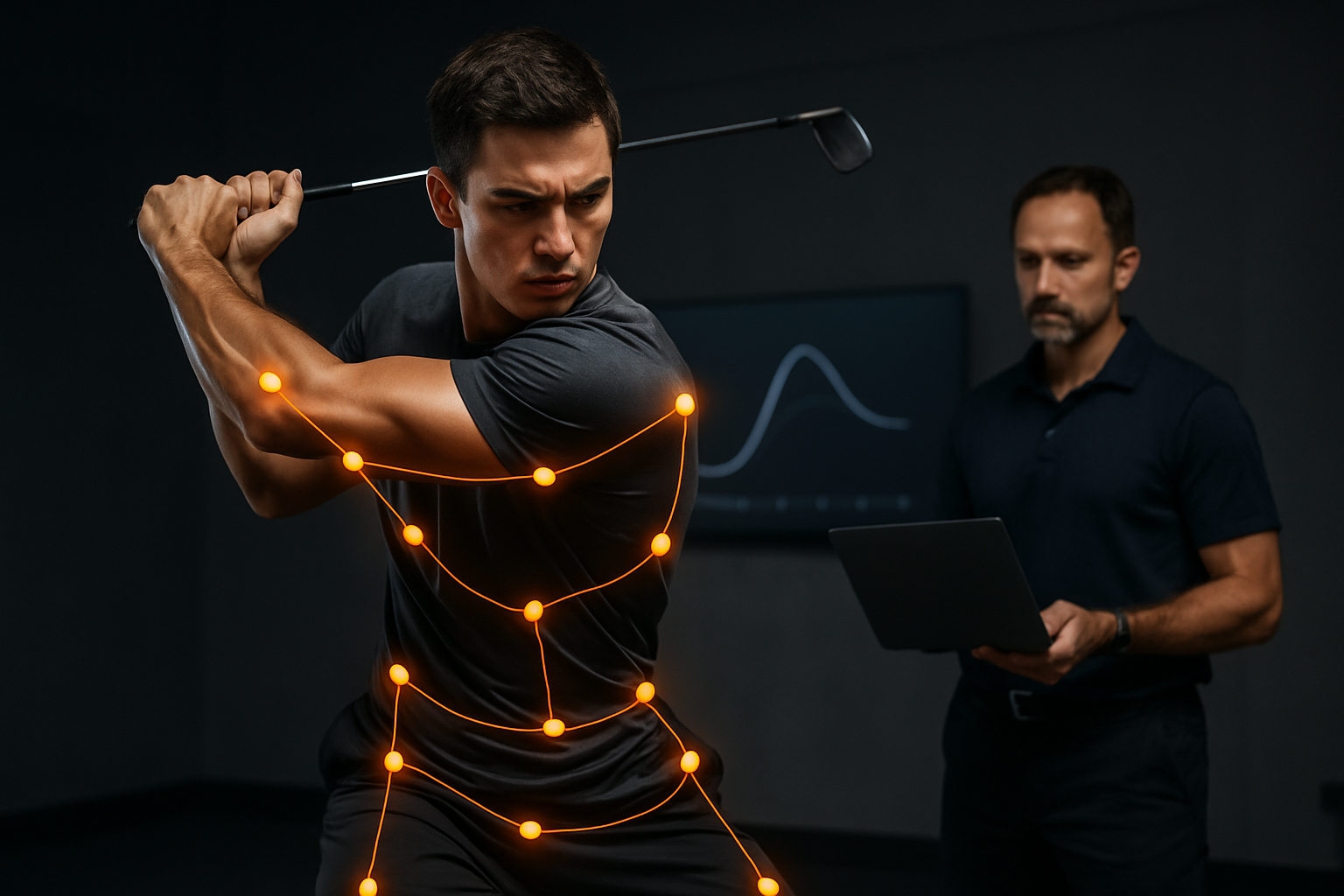Building Inclusive Community Programs to Grow Participation
Community sports programs that prioritize inclusion can broaden participation across ages and abilities. This article outlines practical approaches to coaching, training adaptations, performance tracking, and youth development to create welcoming, sustainable local services that support long-term engagement.

Community programs can shape how people discover and stay active. Designing inclusive activities requires attention to access, culture, and evidence-based practices that reduce barriers and support diverse participants. Effective programs balance structured coaching with flexible training options, embed injury prevention and recovery practices, and use simple monitoring to adapt offerings. The following sections break down practical steps for organizers, coaches, and community leaders to expand participation while maintaining quality and safety.
How does coaching foster inclusion?
Coaching that emphasizes clear communication, multiple entry points, and individualized feedback helps participants feel capable and connected. Inclusive coaching trains staff to recognize different learning styles and to offer alternative progressions for skill development. Simple measures—like gender-neutral registration, flexible attendance expectations, and mixed-ability drills—lower psychological barriers. Coaches who build rapport and model respectful behavior create environments where newcomers and experienced participants alike can learn and contribute.
How can training and conditioning be adapted?
Designing training and conditioning sessions with scalable workloads supports both beginners and advanced participants. Use modular drills that allow variations in intensity and complexity, and rotate stations so people can choose appropriate challenges. Conditioning plans should account for age and current fitness, integrating active recovery and cross-training to reduce monotony and overuse. Offering multiple session times and short-format training can attract those with limited schedules and encourage consistent attendance.
What role do nutrition, recovery, and injury play?
Programs that include basic guidance on nutrition, recovery, and injury prevention help participants sustain activity and improve well-being. Provide general resources on balanced meals, hydration, and pre/post-session snacks, while avoiding individualized medical advice. Teach simple recovery practices—sleep hygiene, rest days, mobility work—and embed injury screening and referral pathways to local health services. This integrated approach supports longevity in participation and reduces dropouts due to preventable setbacks.
This article is for informational purposes only and should not be considered medical advice. Please consult a qualified healthcare professional for personalized guidance and treatment.
How can biomechanics, technique, and performance be measured?
Monitoring technique with accessible tools—video clips on a phone, checklist-based observations, or simple timed drills—helps coaches provide targeted feedback without complex equipment. Emphasize movement quality over maximal outputs; small improvements in biomechanics often translate into safer performance. Track progress with straightforward metrics (attendance, mastery of key techniques, perceived exertion) and use analytics to identify trends in retention and skill development rather than relying solely on elite performance indicators.
How to support youth development and psychology?
Youth programs should focus on developmentally appropriate skills, positive reinforcement, and psychosocial growth. Incorporate play-based learning, clear goal setting, and opportunities for leadership to foster confidence. Address psychological aspects like motivation and belonging by creating peer mentoring, mixed-age activities, and inclusive language. Ensure safeguarding, accessible registration, and parent education to make participation feasible for families and to promote sustained youth engagement.
How can monitoring and analytics guide programs?
Simple monitoring systems—attendance logs, participant surveys, and basic performance records—provide actionable insights for program improvement. Use analytics to spot drop-off points, preferred session times, and common barriers reported by participants. Interpreting these data can guide resource allocation, coach training needs, and outreach strategies for underrepresented groups. Prioritize transparent, privacy-respecting data collection and involve community members when interpreting results to maintain trust.
Building inclusive community programs blends practical planning with a commitment to accessibility and continuous improvement. Focus on adaptable coaching, varied training and conditioning, integrated nutrition and recovery advice, and approachable monitoring methods. When youth development and psychological safety are prioritized, programs are more likely to retain diverse participants and grow sustainably. Over time, small, consistent adjustments informed by participant feedback and simple analytics can expand reach and strengthen local services for broader community benefit.





